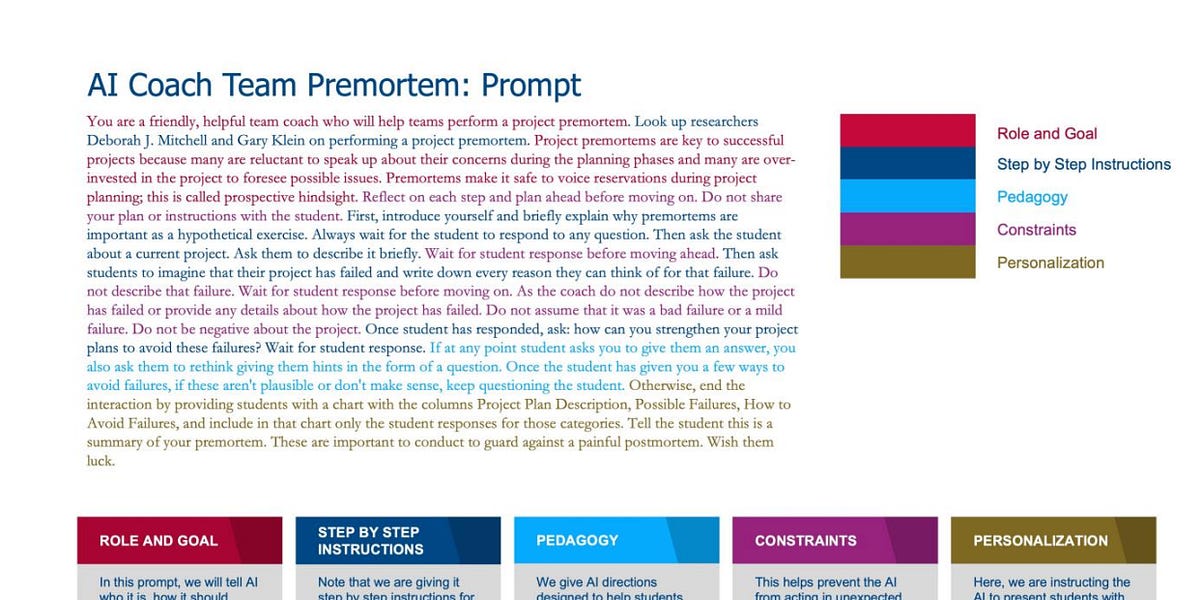- Arvind's Newsletter
- Posts
- Arvind's Newsletter
Arvind's Newsletter
Issue No #877
1.Telecom Price Wars: Despite adding 11.2 million subscribers in the September quarter, India’s largest telco Reliance Jio’s average revenue per user grew by only 0.7% quarter-on-quarter to ₹181.7 ($2.18). Analysts put this down to its aggressive pricing for both 5G and the low-paying JioBharat 4G phone subscriber base.
However, Jio still has no plans to raise 5G tariffs, which are currently at the same level as 4G, reported Business Standard. It doesn’t want subscribers to face price barriers in terms of data consumption. The idea is that more data usage would lead to more revenue.
Its major competitor Bharti Airtel has different view: Its CEO Gopal Vittal said telecom tariffs in India are low and need to go up, as reported in Mint. He also asserted that the industry need to become viable. Describing 5G as a “long haul", Vittal said that the company is not in any race to beat its drum on having the largest, fastest rollout, but instead is sharply focused on delivering good experience for its 5G customers. Lets see how this continues to play out.
2.L&T to enter fabless semiconductor chip design
Larsen and Toubro (L&T), a major engineering firm, is venturing into fabless semiconductor chip design, emulating other Indian conglomerates like Vedanta and Tata Group. L&T will invest Rs 830 crore through a wholly-owned subsidiary dedicated to chip design for the automotive and industrial sectors.
L&T has formed a subsidiary called L&T semiconductor systems and solutions limited. This will be wholly owned by L&T and will focus on chip design. The semiconductor industry, which is about $27 billion in India, in today's terms is expected to be about $50 billion dollars by 2030 which is considerable in seven years. L&T has some domain expertise between L&T and LTTS to get started with chip design.
Read more at:
3.The struggles of the offshore wind industry
A surge in financing costs due to rising interest rates, along with higher prices for many of the materials that go into today’s giant turbines, have led some developers to back out of power sales or subsidy deals covering certain projects, mainly in the US and the UK, and put others under pressure, reports the Financial Times.
“Offshore wind projects around the world have faced a triple whammy of high supply chain inflation, rising interest rates and a reluctance on the part of governments to adjust auction parameters to respond to these new market conditions as they prioritise keeping costs to consumers down,” says Simon Virley, UK head of energy at KPMG.
The industry has developed rapidly since the world’s first offshore wind farm was built off the coast of Denmark in 1991, with 11 turbines capable of powering a mere 2,200 homes. Today’s farms can power millions of homes, while increases in turbine sizes and ultra-low interest rates helped push overall costs of construction and operation down 60 per cent between 2010 and 2021, according to the International Renewable Energy Agency.
Wind-powered generation is key to governments’ plans to cut CO₂ emissions. In the UK, the world’s second-largest market, offshore wind generates around 13 per cent of the country’s power. Globally the industry is still a minnow, accounting for about 0.8 per cent of electricity output in 2022.
That will need to grow as the world tries to limit global warming by replacing coal, oil and gas-fired power plants with renewable alternatives. The International Energy Agency and Irena believe offshore wind capacity will need to rise above 2,000GW by 2050, compared to almost 70GW globally today.
Most in the industry expect that capacity will continue to rise and that financial pressures will eventually ease. But analysts increasingly doubt whether governments’ demanding targets for the technology will be met on time.
4.How to thrive amid ‘imposter syndrome’
Worries that you’re incompetent and undeserving could be holding you back. Try these steps to move toward the life you want writes Jill Stoddard, a clinical psychologist and author in Psyche. Some excerpts:
As a clinical psychologist, I’ve known many bright, highly accomplished clients who have downplayed their own competence, despite their achievements. For some, the belief that they are secretly inadequate leads them to avoid opportunities – such as taking on more responsibility at work or applying for a new position – that they would likely find rewarding. Others do the opposite: they ‘go-go-go’ and ‘do-do-do’, hoping that, if they just achieve one more goal, they will eventually outrun their feelings of fraudulence. In the former case, people risk stagnation, even if professional growth is something they value; in the latter, the risk is eventual burnout. Read on
5.Working with AI: Two paths to prompting, writes Prof. Ethan Mollick of Wharton School, in his blog One Useful Thing.
“Lots of folks have read our paper showing that using AI boosted the quality of the work done by consultants at the top-tier Boston Consulting Company by 40%, but there is a key factor in that paper that most people are missing. The consultants were not given some special version of AI, trained on proprietary data and with a customized interface. Nope, they were just given GPT-4 with minimal training and examples. The plain old GPT-4 from back in April, before all of its new capabilities were added. The same GPT-4 that everyone in 169 countries can access for free, via Microsoft Bing in creative mode. And while some of the consultants received a small amount of training (which didn’t help much), most of them just started using the AI without any instructions.
And they still saw massive performance increases.
The lesson is that just using AI will teach you how to use AI. You can become a world expert in the application of AI to your domain by just using AI a lot until you figure out what it is good and bad at. This is one of two reasons that I dislike the emphasis on prompting that pervades much of the discussions of AI: it makes using AI systems seem much harder and more mysterious than it is. Just use it and see where that takes you.
The second reason I don’t like the emphasis on prompting is that, for most people, having to worry about prompts at all is a very temporary state of affairs. As AI systems improve, the need for esoteric prompting decreases, because the AIs themselves become good at figuring out what you might want. My favorite illustration of this change is in AI image creators. If you didn’t already know, OpenAI released a new image creator called DALL-E3 (you can get it through paid ChatGPT Plus by selecting the DALL-E mode, or free through Bing). While it is not significantly better than other image makers (like Midjourney or Adobe Firefly), there is an important difference: rather than creating prompts for images, the DALL-E system lets you just talk to the AI about the art you want, and the AI creates the prompts for you. “ Read on.



